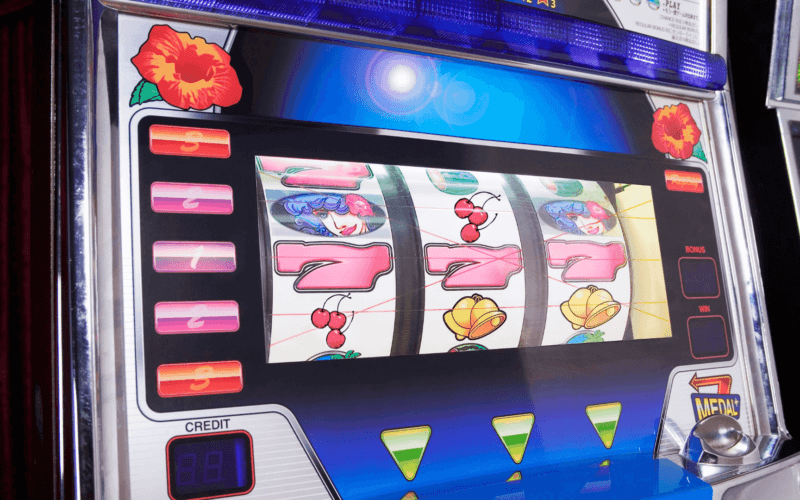Slots have come a long way since Charles Fey invented the Liberty Bell machine in 1895. The original mechanical 3-reel machine used a system of pulleys and springs to determine where the reels ended and paid out a maximum of $0.50. Although the invention was a huge success, the cast-iron designs were incredibly heavy and cumbersome. Just imagine trying to ship out these machines in the early 20th century; it couldn’t have been easy.
Bally, an American company that specializes in gaming technology, improved the first invention, releasing the first electromechanical slot machine, called Money Honey, in 1963. The maximum payout was increased to 500 coins.
Nowadays, most slot machines are computerized. Instead of using mechanics, the computers use random number generators (RNGs) to determine the reels’ ending positions. With the endpoints established by RNGs, the reels are directed by step motors, which send short digital electrical pulses that tell the reel how much to spin and where to stop.
Random Fun Generators
The idea of random number generators isn’t as complex as you may think. After all, a pair of dice is an example of a random number generator. With modern slots, the internal computers are always generating numbers, and these numbers typically vary between 1 and several billion.
When you hit spin or pull the lever, the game records the next three numbers generated by the RNG if you’re playing a 3-reel game; each reel requires a unique number. The numbers are systematically fed through a set of mathematical algorithms that result in a number that corresponds to a virtual reel. The position on the virtual reel tells the actual reels (the ones you see while playing the slot) where to stop. It all happens in a few seconds and is mesmerizing.
With the move to RNGs, Charles Fey’s original creation is now history, but its fundamental design continues to inspire gaming developers all over the world. Free from the bulky mechanical cages of their predecessors, slots can now be enjoyed virtually anywhere an internet connection is available.










